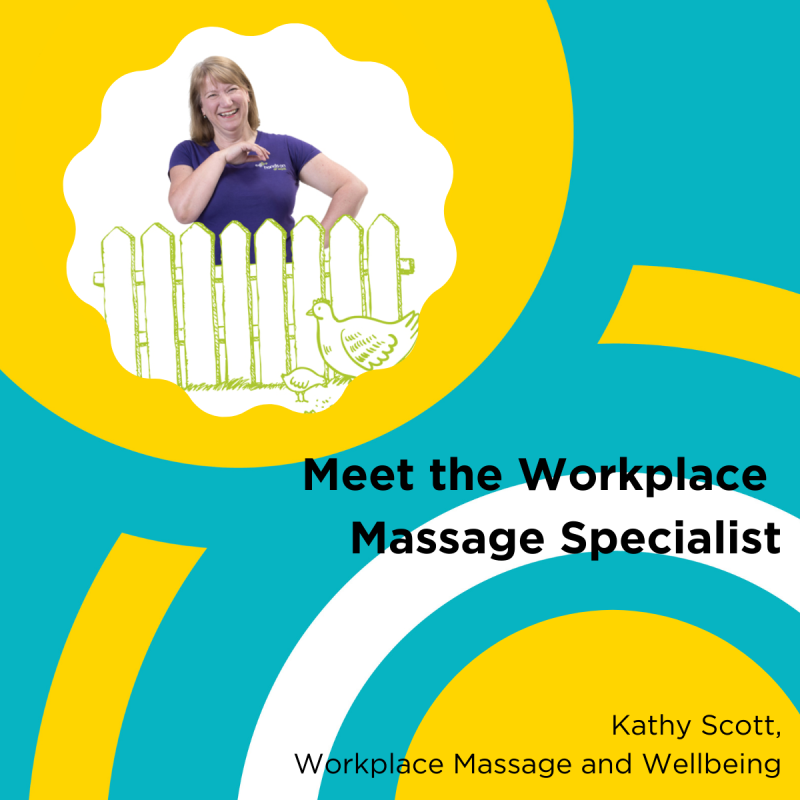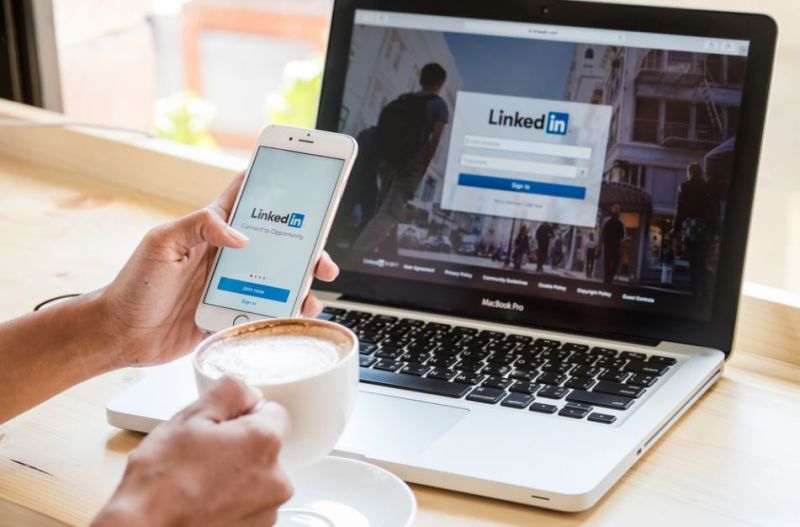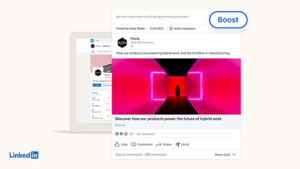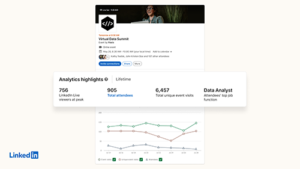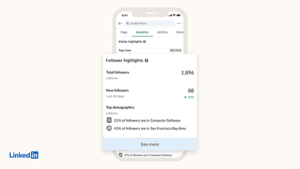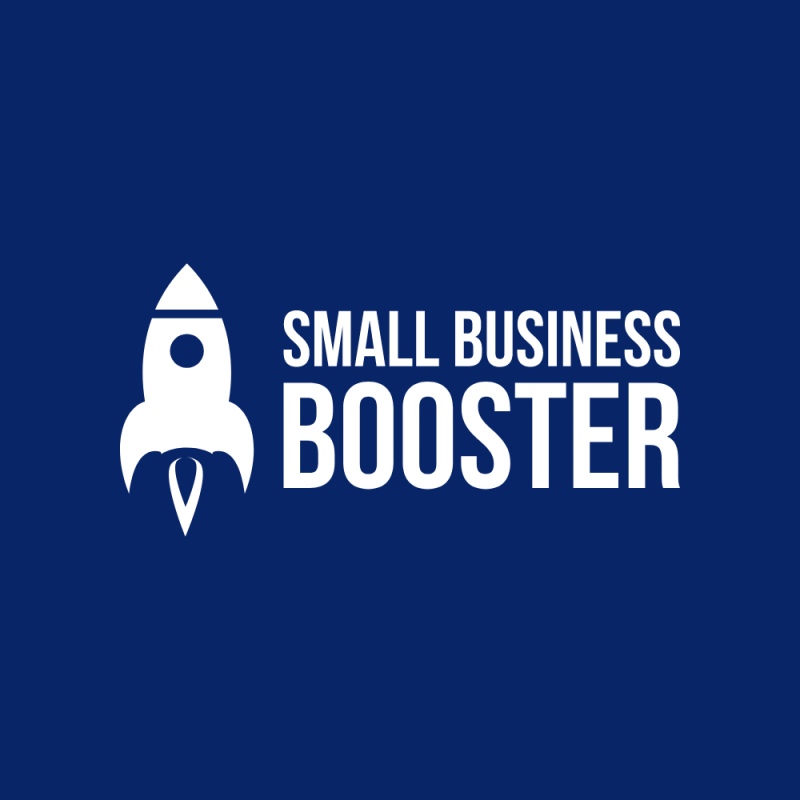Ongoing Government support in a post-pandemic world – the Recovery Loan Scheme
Price Bailey
One thing that you cannot deny throughout the COVID-19 pandemic is the Government’s sustained efforts to try and support businesses and scaffold the economy in a time of significant uncertainty. As the country moves toward a normality that resembles life pre-pandemic, many businesses are asking what support is available for those still feeling the impact and for those who are wishing to maximise on opportunities available to them.
In March, the Government announced the closure of the Bounce Back and Coronavirus Business Interruption Loan schemes; and introduced the Recovery Loan Scheme to provide continued financial support to businesses across the UK as they trade out of the pandemic.
The scheme is open to any business that has been affected by COVID-19, and the use of funding is unlimited, provided it is for a legitimate business purpose. Businesses can borrow up to £10m per business (or up to £30m for groups). Businesses will also be happy to hear that you can still access this scheme, even if you have accessed other Government support schemes such as the Bounce Back scheme, CBILS or CLBILS. However, the amount available to borrow under the RLS will be reduced by any borrowing from previous schemes.
The scheme provides guarantees to lenders via several different facility types:
- Term loan
- Overdraft
- Invoice finance
- Asset finance
It is important to note that not all lenders are accredited to offer all types of facility.
Businesses seeking to apply for the scheme should ensure they have sufficient debt capacity to take on any additional funding of this kind. In addition, we strongly advise that you (with support from your advisors, if required) take the time to appropriately plan and produce a robust cash flow forecast to ensure that:
- there is a legitimate requirement for the funding
- you know to what level funding support is required
- that the business is in a position to service the debt
This is relevant for any business considering the scheme, but particularly to those businesses that have already accessed other Government support schemes (or other commercial debt facilities) and are yet to understand the true amount of their repayment commitment fully; and/or whose turnover/working capital continues to be impacted by the pandemic and is variable upon the success of the easing of social distancing restrictions. This is also particularly relevant as, as with other external finance applications, you will need to be able to provide a solid business case for the funding, proving you will be able to meet the repayment obligations.
So how does RLS work?
The RLS will be available through named lenders accredited by the British Business Bank. Further accredited lenders may be added as the scheme continues, and you can view the current list on the BBB’s website. However, lenders are advising that you speak with your existing finance provider first before approaching these lenders, as they may be able to offer you a commercial loan on better terms.
Key features of the scheme:
- The scheme will remain open until at least 31 December 2021, subject to review.
- There is also no maximum cap set for the amount available to lend to businesses through the scheme – so there is no need to rush to apply if you do not feel you require financial support in the immediate term.
- There is no minimum or maximum turnover restriction for businesses seeking to access the scheme.
- The upper limit of the facility provided to each business is £10m (and up to £30m across a group), with minimum facilities starting at £1,000 for asset and invoice finance, and £25,001 for term loans and overdrafts. (Please note – individual lenders will set their own minimum and maximum limits within these ranges).
- The scheme gives the lender a government-backed guarantee against the outstanding balance of the facility.
- The annual rate of interest, upfront fee and other fees cannot exceed 14.99%, and businesses are required to meet all costs, interest payments and fees associated with the facility.
Term lengths:
- Term loans and asset finance = 3 months – 6 years
- Overdrafts and invoice finance = 3 months – 3 years
- If you borrow £250,000 or less, personal guarantees will not be taken by the lender. For borrowings over £250,000, personal guarantees are at the lender’s discretion. Still, the maximum that can be covered is 20% of the outstanding balance of the RLS facilities after the proceeds of business assets have been applied.
- Lenders can offer an RLS facility to those businesses that would either not gain the funding on standard terms or would do but at a higher rate without the benefit of the government-backed guarantee.
- In contrast to other Government support schemes, the RLS will not include 12-month Business Interruption Payments (BIP) to cover interest payments.
Our advice to those looking to access the scheme:
While this next stage of Government support for businesses is being welcomed, business owners should remember that it is still a loan that needs to be repaid. Its purpose is to support with working capital requirements or to support growth. Lenders will be looking for you to be confident in and provide suitable evidence to support that the funding will be used to help the business grow, further benefiting the economy with jobs and supply chain benefits.
It is also worth remembering that there is no cap on the funding available to all businesses. The scheme remains open to applications until 31 December 2021; therefore, there is no immediate need or panic to apply for funding. Instead, it is better to take this time to develop your business’ recovery plan properly, revisit your strategy, and put together a robust set of financials to identify what, if any, funding requirements you have. This may start with improving working capital efficiencies, cutting further none essential spending and equity or other debt funding options (aside from RLS). This will mean that not only will you potentially avoid taking on further debt unnecessarily, but also, if applying for RLS is the right thing for your business’ recovery, you will be adequately prepared for lenders’ due diligence.
We always recommend that you seek advice from a suitably qualified adviser before taking any action. The information in this article only serves as a guide, and no responsibility for loss occasioned by any person acting or refraining from action as a result of this material can be accepted by the authors or the firm.


